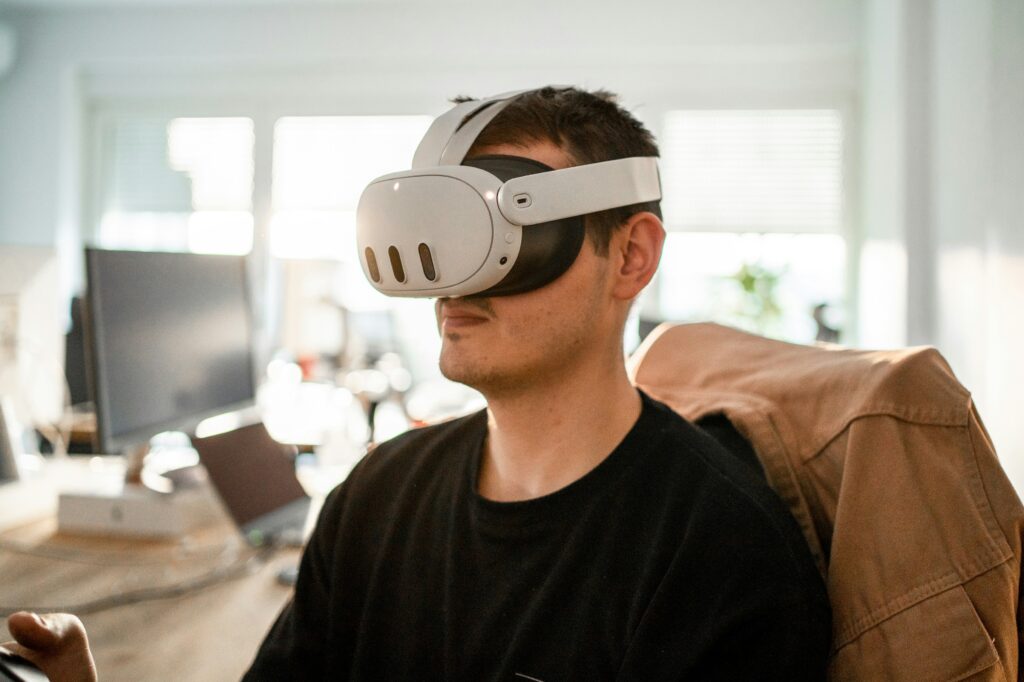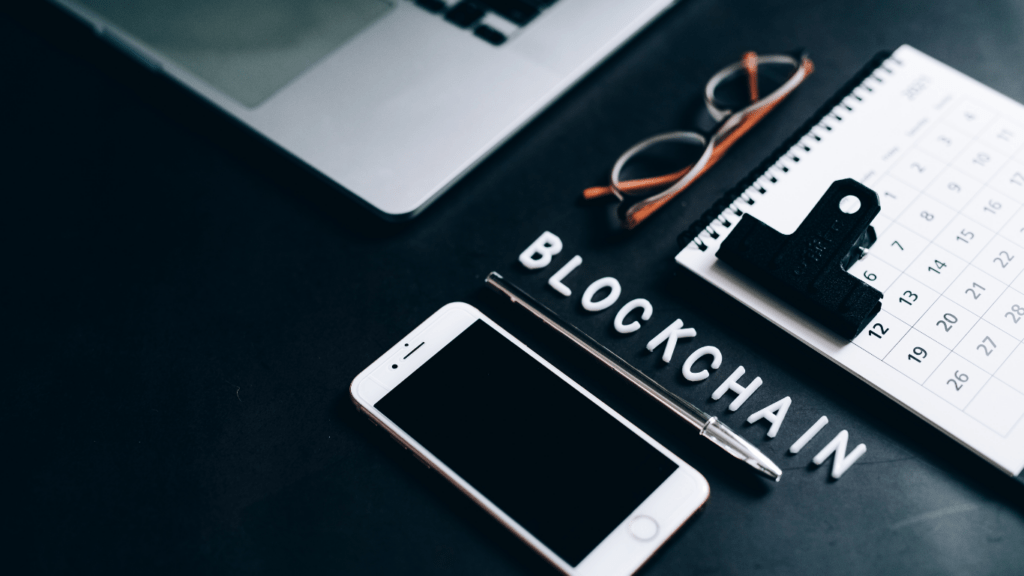In a world where hybrid and remote work are here to stay, employee monitoring software has become an essential tool for many organizations. But it’s not just about tracking hours — when used correctly, it can help teams collaborate better, identify workflow bottlenecks, and ensure fair workloads. Let’s explore how it works, the benefits, the concerns, and how to implement it responsibly.
What Is Employee Monitoring Software?
Employee monitoring software is a set of digital tools that allow companies to observe, record, and analyze employee activity during work hours. Depending on the features, it can track:
- Time and attendance — Automatically logging start, break, and end times.
- App and website usage — Seeing which programs and pages are most used.
- Task progress — Linking work activity to specific projects or clients.
- Productivity metrics — Reports on focus time, idle time, and output levels.
Modern systems range from lightweight productivity trackers to advanced solutions that integrate AI for workflow optimization.
Why Companies Use It
- Improved Productivity
By identifying inefficiencies, managers can restructure workloads or provide targeted support. - Fair Performance Evaluation
With real activity data, reviews are based on actual contributions, not assumptions. - Security and Compliance
Monitoring helps protect sensitive company data and ensure compliance with industry regulations. - Remote Team Management
Especially in distributed teams, it offers visibility and accountability without micromanaging.
Common Concerns and Misconceptions
- Privacy fears — Employees often worry about being “spied on.” The reality is that ethical software focuses on work tasks only.
- Over-monitoring — Excessive tracking can lead to stress and reduced morale.
- Data misuse — Without clear policies, collected data might be interpreted unfairly.
Best Practices for Responsible Use of Employee Monitoring Software
Be Transparent
Transparency is the cornerstone of building trust when introducing employee monitoring software. Clearly outline what aspects of work will be monitored—such as application usage, project timelines, or attendance—and explain how the collected data will be used. Share this information in writing (in the employee handbook or policy document) and in live discussions during team meetings. When employees understand that the software’s purpose is to support productivity and workflow optimization, rather than micromanage, they’re more likely to cooperate and even embrace it. Consider running a short onboarding session or FAQ to address concerns up front.
Respect Boundaries
One of the fastest ways to erode trust is by overstepping into personal territory. Keep monitoring strictly limited to work devices or clearly defined work hours. Avoid intrusive features such as continuous screen recording, webcam activation, or audio monitoring unless they are absolutely necessary for security or compliance—and even then, explain why and obtain explicit consent where required by law. Also, ensure there’s a clear separation between personal and professional data, so employees feel their private life remains private.
Focus on Improvement
The most effective monitoring strategies use data as a coaching and training tool, not as a way to police employees. Use the insights to identify process bottlenecks, workload imbalances, or skill gaps, and then provide targeted support. For example, if a team member spends excessive time switching between tasks, offer time management resources instead of reprimands. Positive reinforcement—like recognizing productivity improvements—can boost morale and make employees see monitoring as a supportive tool rather than a threat.
Stay Legal
Employee monitoring laws vary widely across countries and even within regions. In the European Union, for instance, the GDPR imposes strict requirements on how personal data can be collected, processed, and stored, which may affect the type of monitoring you can implement. In the U.S., laws can differ from state to state, with some requiring explicit consent. Always consult legal counsel to ensure your monitoring practices are compliant with relevant legislation, and keep documentation of employee consent. Regularly review policies to keep them up to date with legal changes.
Future Trends in Employee Monitoring Software
- AI-driven Insights — Predicting productivity slumps and suggesting solutions.
- Well-being Metrics — Detecting overwork and recommending breaks.
- Integration with Collaboration Tools — Creating seamless workflows with Slack, Trello, or Asana.
- Custom Privacy Controls — Allowing employees to toggle monitoring during personal breaks.
Final Thoughts
When implemented ethically, employee monitoring software is not about control — it’s about creating a balanced, fair, and productive workplace. The key lies in transparency, respect, and mutual trust. Companies that use it to support their teams, rather than police them, are more likely to see long-term benefits in engagement, efficiency, and overall satisfaction.



